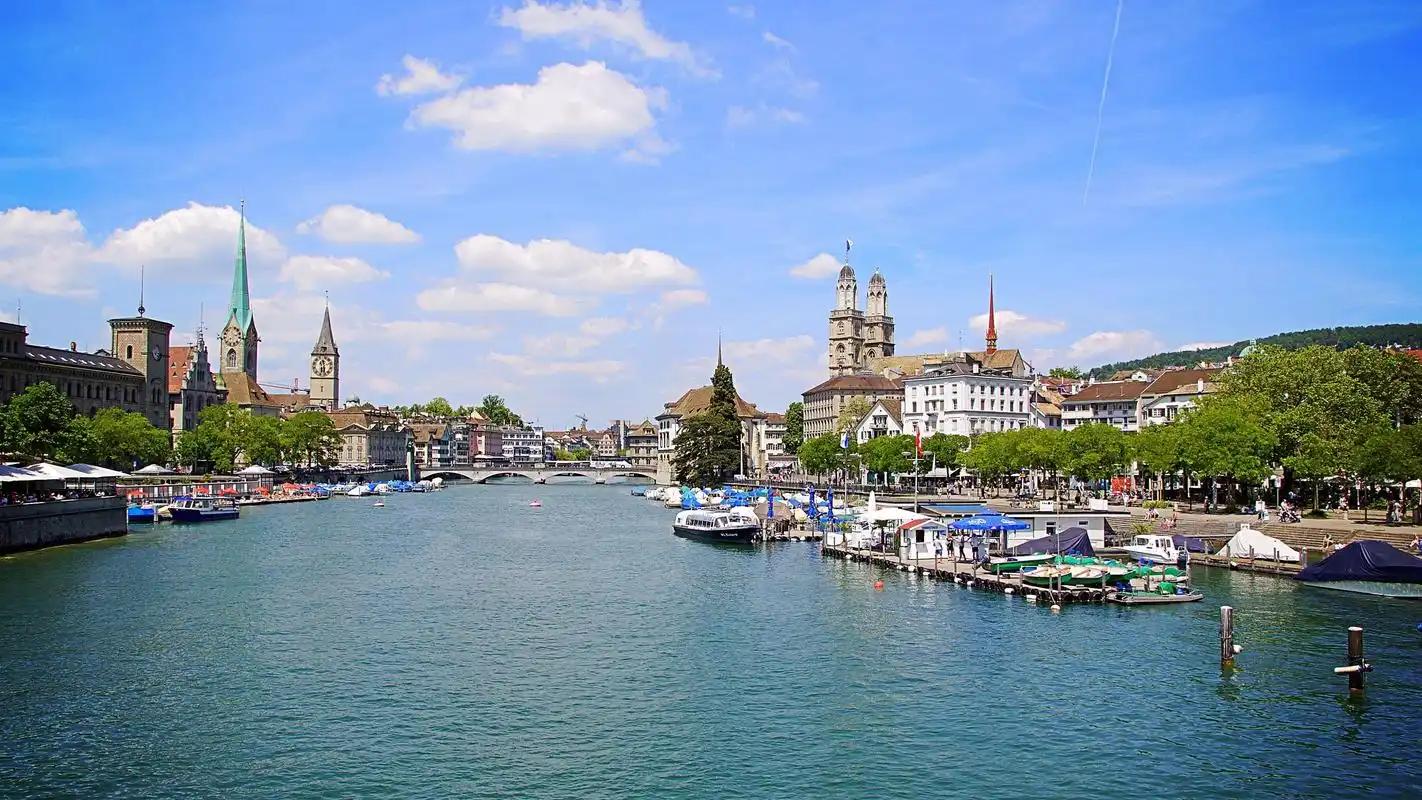Japan Travel
Japan’s Virtual Reality Parks: Modern Entertainment Attractions
Japan’s Virtual Reality Parks: Modern Entertainment Attractions
In the heart of Japan’s bustling cities, a new form of entertainment has emerged, seamlessly blending cutting-edge technology with immersive storytelling: virtual reality (VR) parks. These attractions represent a significant evolution in how people experience leisure, moving beyond traditional theme parks and arcades into fully interactive digital worlds. Japan, long known for its technological innovation and rich cultural narratives, has become a global leader in this domain, offering visitors unforgettable adventures that transcend physical boundaries.
The Rise of VR Entertainment in Japan
Japan’s affinity for technology and gaming culture laid the groundwork for the rise of VR parks. The country has been at the forefront of the gaming industry for decades, producing iconic consoles, franchises, and arcade experiences. With the advent of affordable and high-quality VR hardware in the 2010s, entrepreneurs and entertainment companies saw an opportunity to create large-scale, social VR experiences. Unlike home-based VR, which can be isolating, these parks emphasize shared adventures, making them a popular choice for friends, families, and tourists.
Tokyo, Osaka, and other major urban centers now host numerous VR facilities, ranging from small arcade corners to sprawling multi-story complexes. Brands like VR Zone Shinjuku (operated by Bandai Namco), Sandbox VR, and Tyffonium have become household names, attracting both locals and international visitors. These parks offer a diverse array of experiences, from heart-pounding horror scenarios to fantastical journeys through space or ancient Japan.
Design and Technology: Creating Immersive Worlds
What sets Japan’s VR parks apart is their meticulous attention to detail and integration of multiple technologies. A typical VR attraction combines high-resolution headsets, motion-tracking sensors, haptic feedback devices, and physical sets to create a convincing alternate reality. For example, in a dinosaur survival game, participants might wear VR goggles while standing on a platform that shakes as a T-Rex approaches, feeling vibrations through vests and even encountering wind or mist effects.
Many parks also incorporate proprietary software and hardware developed specifically for group interactions. This allows players to see each other’s avatars and collaborate in real-time, enhancing the social aspect. Additionally, Japanese VR parks often feature themes rooted in local culture or popular media, such as anime, manga, or samurai lore, providing a unique flavor that distinguishes them from Western counterparts.
Popular Experiences and Themes
The variety of experiences available is staggering. At VR Zone Shinjuku, visitors can step into the world of Dragon Ball VR and unleash energy blasts, or navigate a haunted hospital in Horror Escape. Another standout is Mario Kart AR, which merges augmented reality with physical karts racing through a real track, overlaying digital obstacles and power-ups.
For those seeking narrative depth, parks like Tyffonium offer story-driven adventures where players solve puzzles and uncover mysteries in beautifully rendered environments. Meanwhile, free-roam VR experiences, such as those by Zero Latency, allow groups to explore large arenas while battling zombies or exploring alien planets, with minimal wires and maximum mobility.
Horror remains a particularly popular genre, leveraging Japan’s expertise in creating suspenseful atmospheres. Titles like The Walking Dead VR experience or original Japanese horror scenarios use jump scares, eerie sound design, and tactile effects to elicit strong emotional responses.
Cultural and Social Impact
VR parks reflect broader trends in Japanese society, including the embrace of omotenashi (hospitality) and the desire for han (shared group experiences). Staff members, often called “game masters,” guide players through setups and ensure smooth operation, enhancing customer satisfaction. These attractions also cater to the growing demand for Instagrammable and shareable moments, with many parks offering photo services and themed merchandise.
Moreover, VR parks serve as testing grounds for future technologies. Companies use visitor feedback to refine VR applications in fields like education, healthcare, and corporate training. The success of these parks has even inspired collaborations with film studios, game developers, and tourism boards, further cementing their role in the entertainment ecosystem.
Challenges and the Future
Despite their popularity, VR parks face challenges. High operational costs, the need for constant content updates, and competition from home VR systems require ongoing innovation. The COVID-19 pandemic initially forced closures, but many parks adapted with enhanced sanitation, private bookings, and shorter sessions.
Looking ahead, the integration of artificial intelligence, augmented reality, and more sophisticated haptics will likely deepen immersion. Some parks are already experimenting with full-body suits, olfactory stimuli, and persistent virtual worlds that change with each visit. As VR technology becomes more accessible and affordable, these attractions may expand beyond major cities into regional areas, offering new economic opportunities.
Conclusion
Japan’s virtual reality parks are more than just entertainment venues; they are portals to new realities, showcasing the perfect marriage of technology and creativity. By offering shared, immersive experiences that cater to diverse tastes, they have redefined modern leisure. As they continue to evolve, these parks will undoubtedly remain at the forefront of global entertainment, inspiring awe and wonder in visitors from around the world. Whether battling monsters, exploring fantasy realms, or simply escaping the everyday, guests at Japan’s VR parks are guaranteed an adventure like no other.

相关文章
- Yamagata’s Zao Onsen: Snow Monster Hot Spring Attraction
- Japan’s Maid Cafés: Akihabara Subculture Attractions
- Okayama’s Okayama Korakuen: Historic Garden Attraction
- Japan’s Horse Racing Tracks: Equestrian Sports Attractions
- Tokyo’s Odaiba Gundam: Anime Icon Attraction
- Japan’s Doll Festivals: Hinamatsuri Attractions
- Kagoshima’s Ibusuki Onsen: Sand Bath Hot Spring Attraction
- Japan’s Table Tennis Clubs: Recreational Attractions
- Kyoto’s Nishiki Market: 400-Year-Old Food Attraction
- Japan’s Camellia Festivals: Winter Flower Attractions
发表评论
评论列表
- 这篇文章还没有收到评论,赶紧来抢沙发吧~


